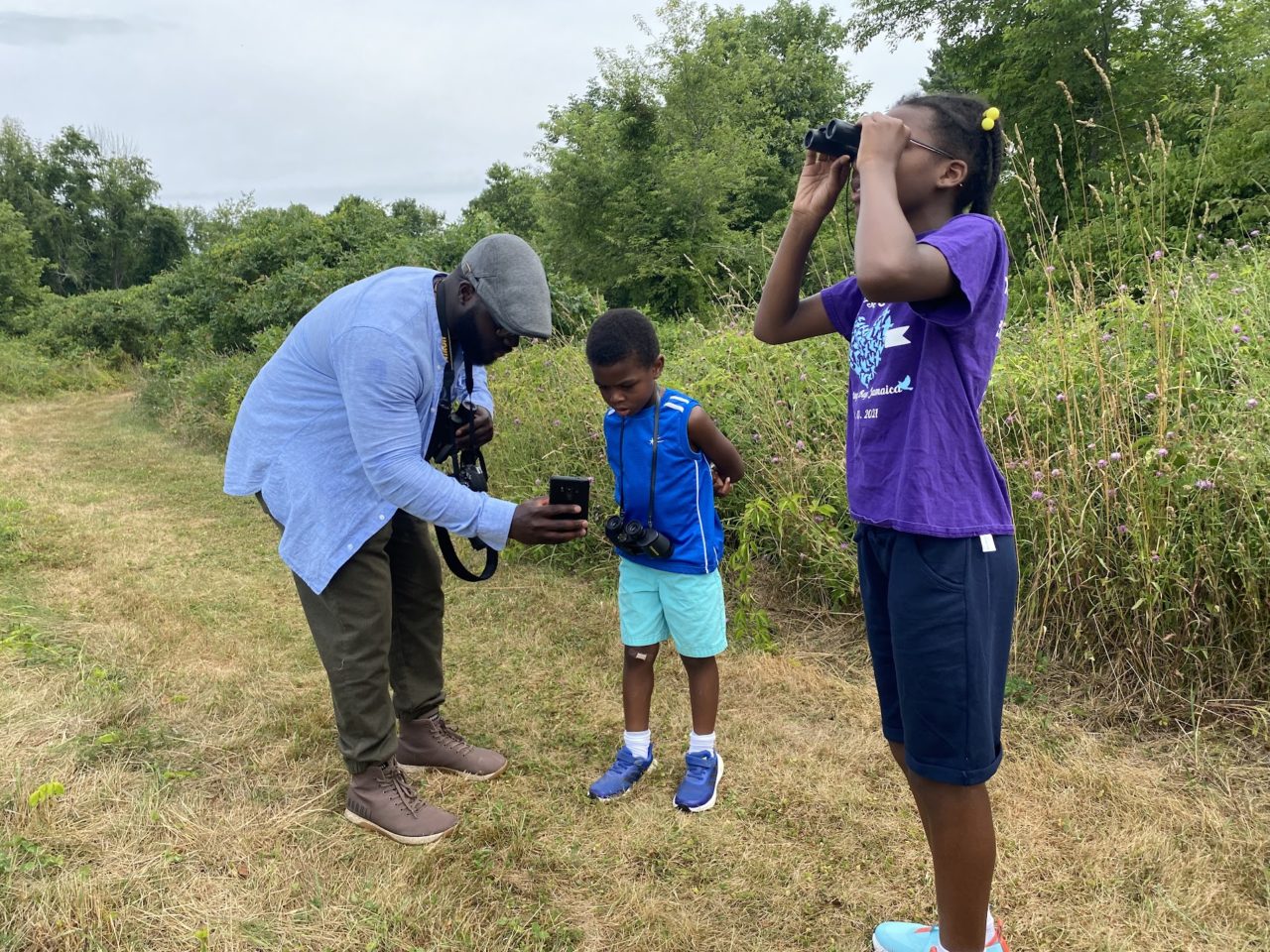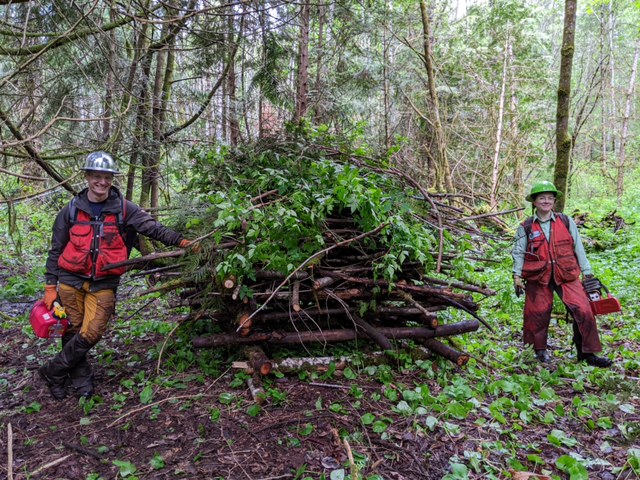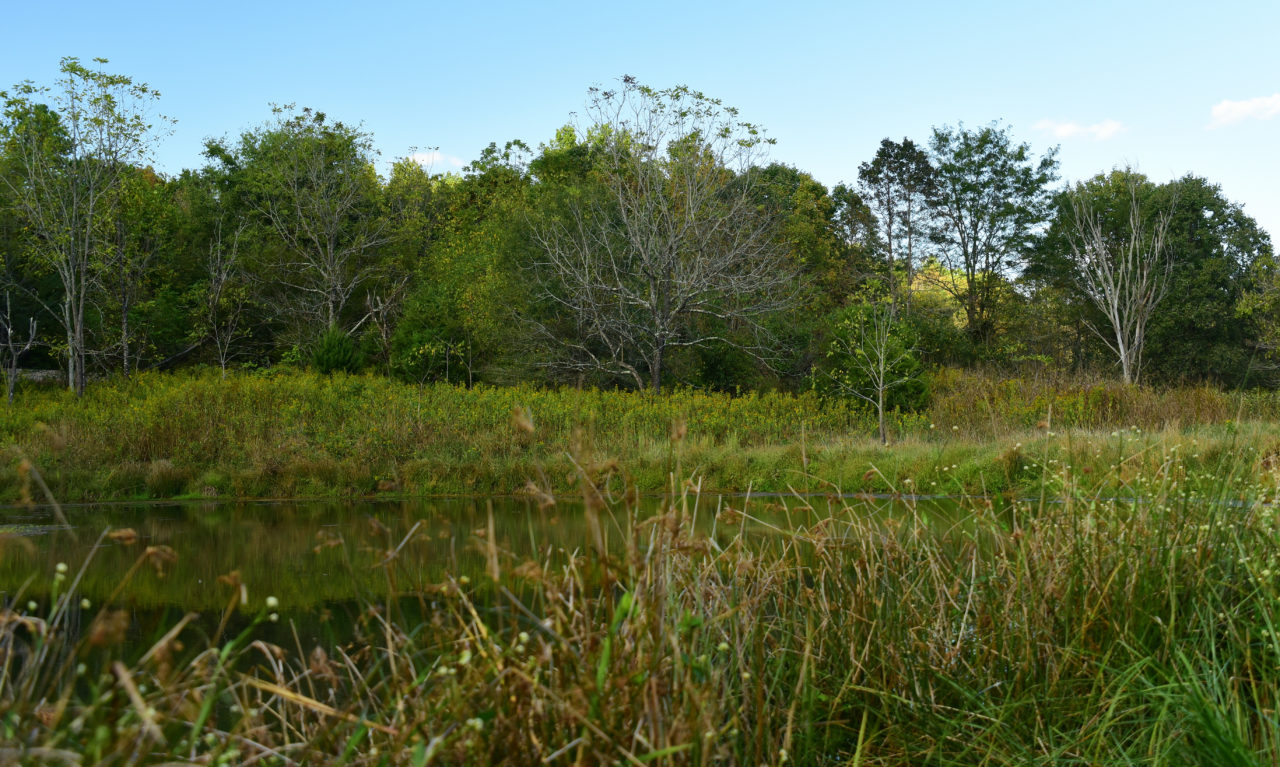Monitoring and Participatory Science
Several land trusts have used funding from our Small Grant Program to establish an eBird monitoring protocol and invited community members to become trained community scientists who collect bird population observations and data. Participatory scientists and eBird increase land trust’s monitoring capacity at their protected private and public properties.
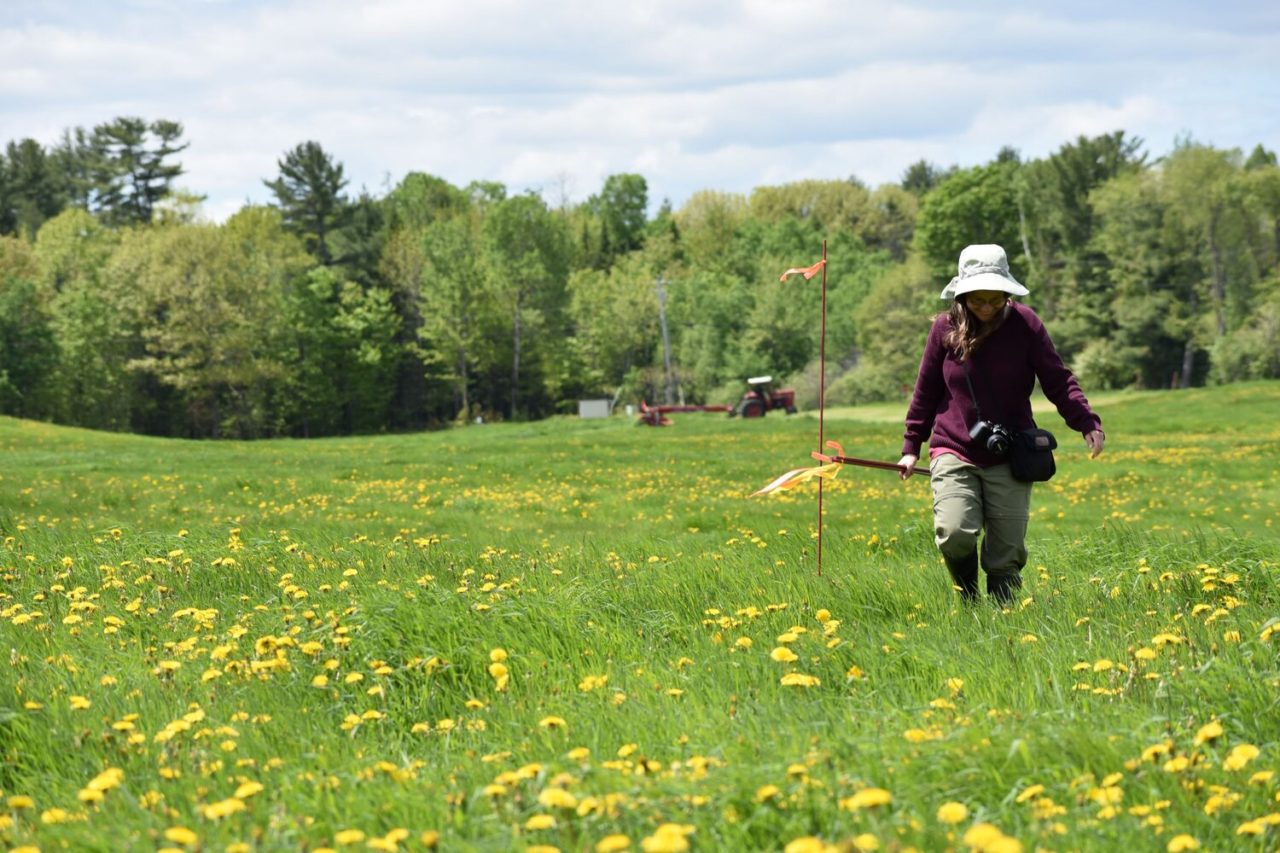
Kennebec Estuary Land Trust (KELT) used eBird to expand its existing community science efforts, including the creation of an ‘adopt a preserve’ program and bird monitoring events. The ‘adopt a preserve’ initiative allows volunteers to sign-up to monitor birds at a specific KELT preserve throughout the year and participate in specific conservation projects. This not only builds the capacity of KELT through long-term volunteer engagement, but also encourages community scientists to form connections with the land. In addition, the consistency of bird monitoring at adopted preserves provides KELT with a robust source of data to inform habitat management efforts and land protection projects. Learn more about how KELT is using eBird to strengthen monitoring protocols.
At Wood River Land Trust (WRLT) professional biologists from Intermountain Bird Observatory trained community scientists and WRLT staff in how to set up biologically appropriate bird surveys, record data in eBird, and identify bird species of interest. Pre and post-riparian restoration eBird data will help WRLT evaluate the effects on avian communities. In Spring 2022 WRLT partnered with Boise State University (BSU) to host their first annual “Community Science Bird Surveying”, a program in which eBird-trained volunteers participated in surveys multiple times throughout migration and breeding season.
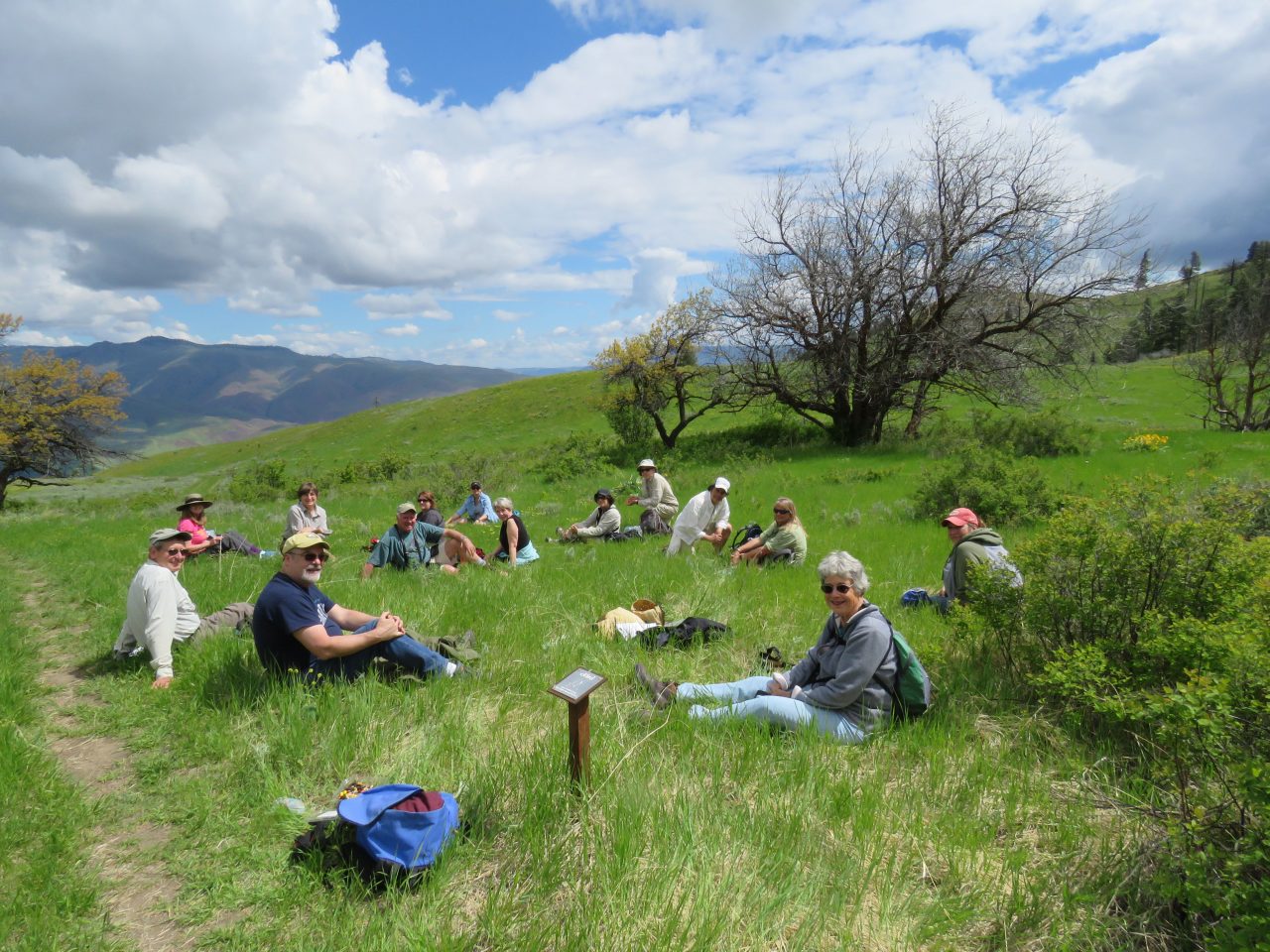
Chelan-Douglas Land Trust (CDLT) in Washington is a founding partner for the Leavenworth Spring Bird Festival, a celebration of the return of migratory birds that includes field trips, events and free family activities for all ages and abilities throughout the Wenatchee River valley. CDLT decided to turn festival birding routes into a community science project using eBird. Stationary count locations were demarked by permanent posts along trails and a local high school metal arts class fabricated aluminum plates with engraved eBird logos, affixed to metal posts. All observations during the festival are submitted to eBird.
A few months later, a wildfire swept across the Horse Lake Reserve, reducing the dense shrubby thickets of elderberry, wild rose, and snowberry to stubble. The value for community science became clear as CDLT wondered how long it would take the ravine shrubs to regrow and provide habitat for nesting neotropical migratory songbirds again. As such, CDLT utilized monthly surveys at Horse Lake Reserve in the fire-prone sagebrush grasslands to monitor post-fire adaptive management practices. CDLT created eBird protocols for volunteers to follow and invited the community to join monthly eBird walks. CDLT now hosts a Community Science page on their website that invites any interested party to join eBird monitoring walks at Horse Lake Reserve or Mountain Home Reserve. https://www.birds.cornell.edu/landtrust/chelan-douglas-land-trust/
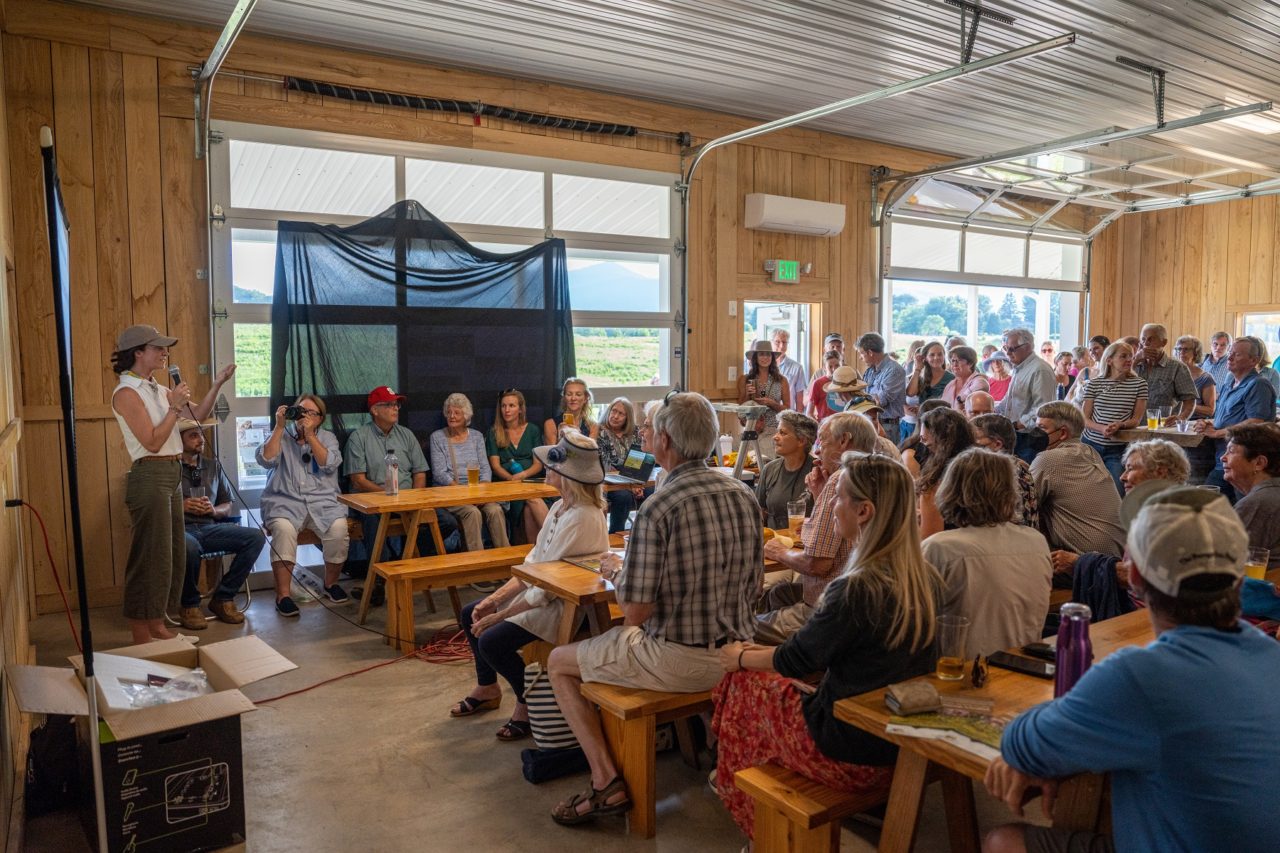
Piedmont Environmental Council (PEC) in Virginia partnered with the Smithsonian’s Virginia Working Landscapes (VWL) program to train teams of 2-3 volunteer community scientists in conducting a series of three bird surveys on properties enrolled in their incentives program. Community scientists submitted a list of bird sightings to eBird and shared it with the landowner/producer. Producers were invited to join surveyors in the field as an opportunity to learn more about grassland birds, the ecosystem services they provide, and tools for identifying and recording the birdlife they see such as Merlin and eBird. Data gleaned from these surveys informs VWL’s research on the distribution, abundance, and breeding success of grassland birds in Virginia.

